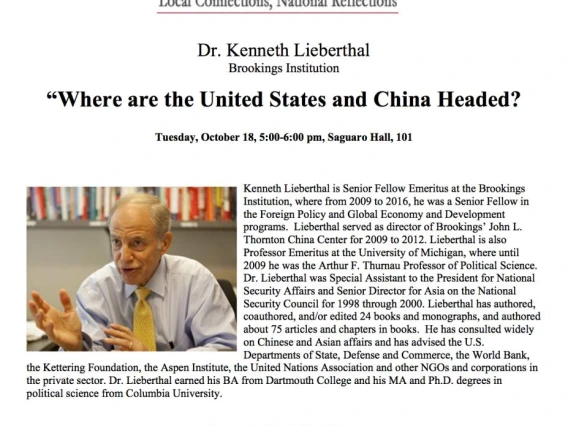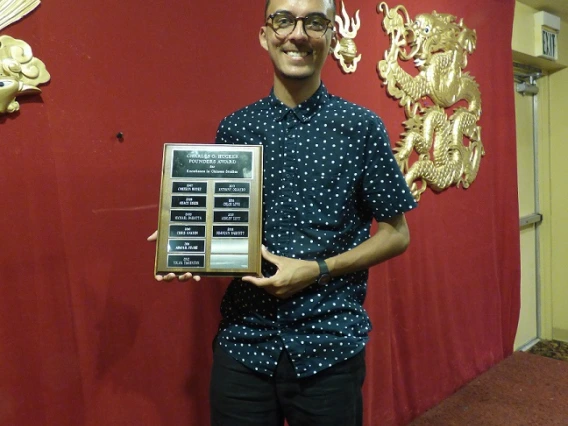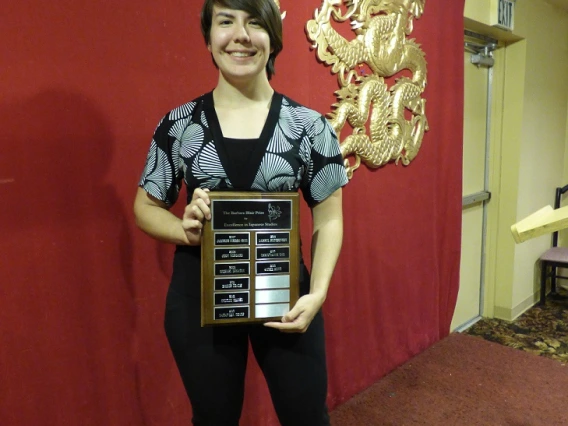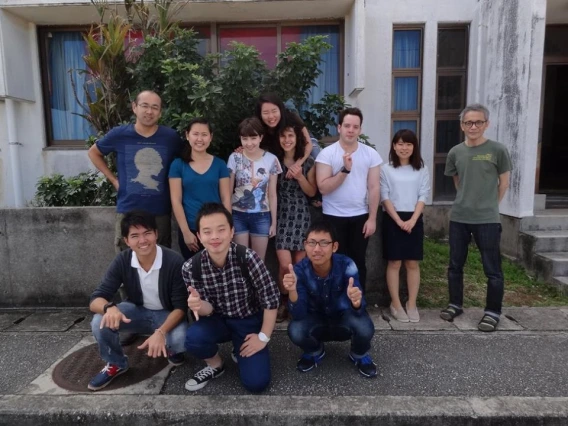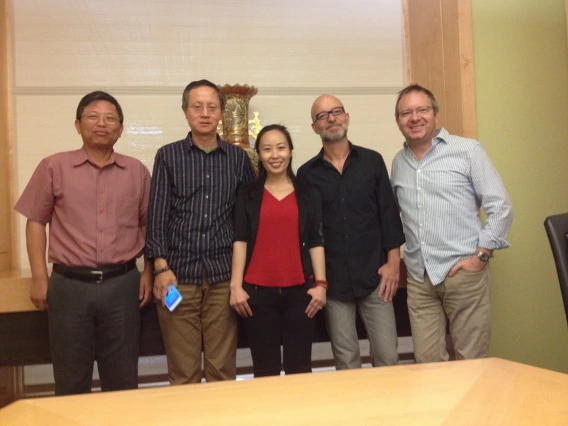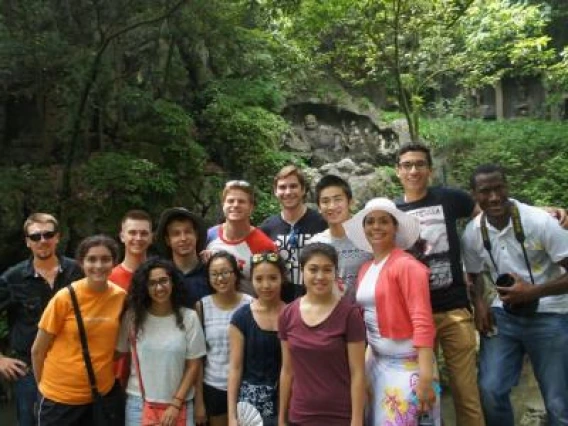Oct. 27, 2015
Liming Wang’s Biosketch
Liming was born and raised in a small village in northern China. Her fraternal grandfather was an intellectual but was persecuted and “sent down” during the Cultural Revolution. He had to relocate to a village from a coastal city and “re-educate himself” through farming. As a result, her father was forced to quit grade school to help on her grandparent’s farm. Her mother is illiterate. Nevertheless, education was always highly valued in her home.
Liming was a top student in both grade school and middle school. With a strong desire of changing her rural household registration (hukou) to an urban hukou, following her parents’ and teachers’ advice, she chose a four-year vocational school instead of high school. Her major was accounting.
Liming graduated from the vocational school in 1998. In 1999, she was assigned a job in a state-owned factory by the municipal government close to her hometown. She successfully changed her rural hukou to the urban hukou, which was highly desirable in China before the 2000s.
However, at the beginning of 2000, the privatization process of state-run factories affected the city and the factory where she was working. Over 200 employees in that factory were laid off. She was one of them.
During the year 2000 to 2002, she took several jobs such as cashier at a supermarket, marketing representative in a newspaper agency, and sales representative in a jewelry store. Extremely disappointed at her life situation, she decided to make a big change. After months of preparation, she took the national higher education entrance exam (gaokao) and was admitted to Dalian University of Foreign Languages.
Upon completion of her bachelor’s degree in 2006, she pursued a master’s degree in Applied Linguistics in Dongbei University of Finance and Economics. After she received her master’s degree at the end of 2008, she had to make a decision between taking a job offer in Lijiang Normal University and pursuing a doctoral degree in East Asian Studies in the University of Arizona. She eventually decided to take the venture to come to the United Stated due to personal reasons.
As a farmer’s daughter, she never forgot the farming days with her parents. The natural affection for farmers led to her dissertation research project. She conducted a 5-month fieldwork in five Chinese villages and finished her dissertation titled “The Making of New Farmers in Chinese Risk Society” in May 2015.
As Liming reflects on the course her life has taken, she believes that knowing oneself and what one want is fundamental. The courage and ability to make a change in times of adversity is crucial. Once a decision is made, even as difficult one as taking a PhD, perseverance and determination will unfailingly lead one to success.
Liming recently accepted a position at Embry-Riddle Aeronautical University in Prescott, Arizona, to teach Chinese language and culture courses in the Department of Humanities and Communication, College of Arts and Sciences. Best wishes to her in her continued adventures!



